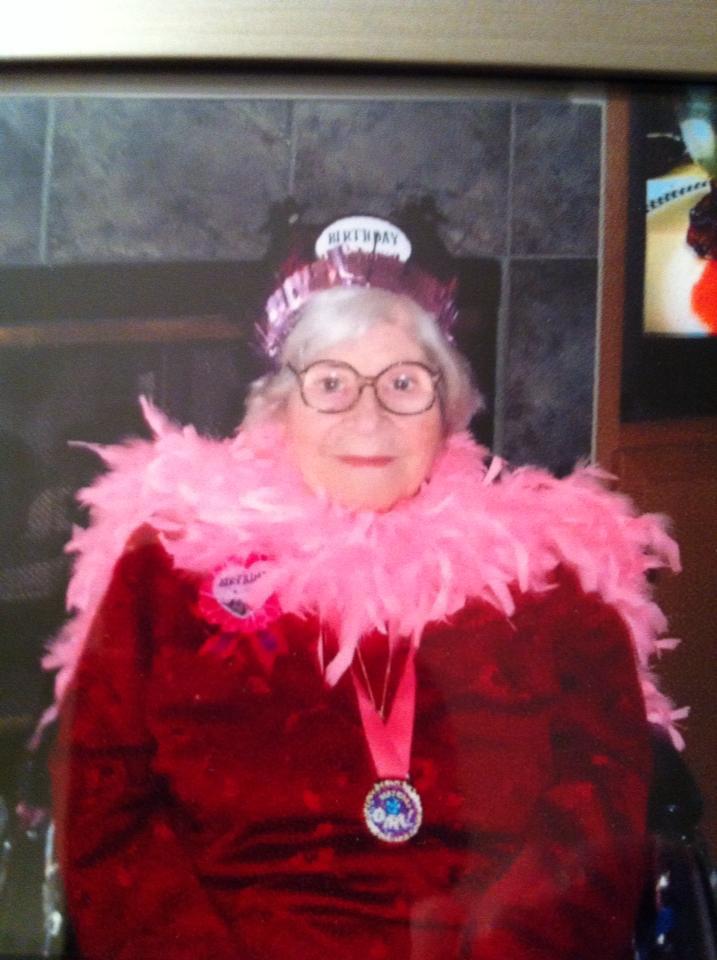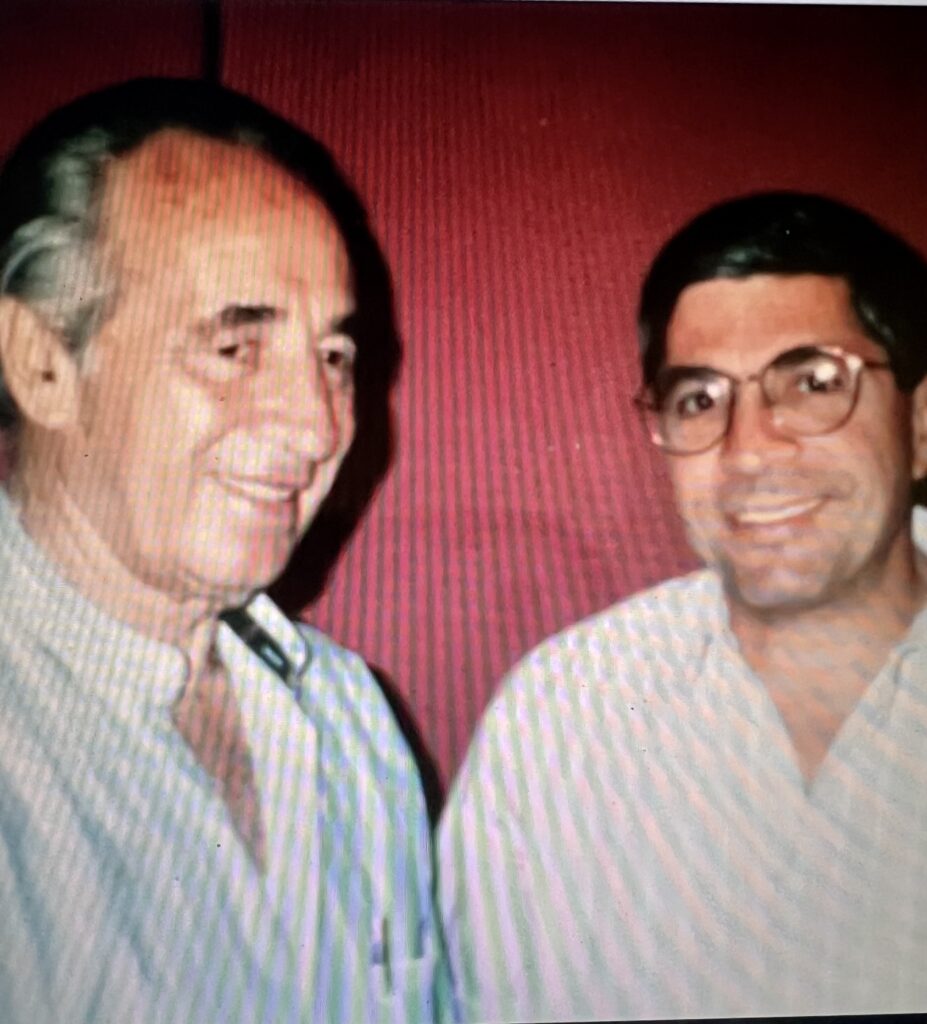
(The cover of 14th Sentry Edition of Mein Kampf, published by the Houghton Mifflin Company, Boston, Mass; originally in 1943, with copyright renewal in 1971. Translated by Ralph Manheim. All quotes of Hitler’s writings, are taken verbatim from this edition, with pages indicated.)
Donald Trump is celebrating the 100th Anniversary of the publication of Adolf Hitler’s “ Mein Kampf” a year early, by plagiarizing Hitler’s hate-filled screeds, written by the deranged sociopath and mass murderer, while the Nazi leader served time in Landsberg Am Lech Fortress Prison in Germany, for attempting to overthrow the government of Germany. Trump’s repeated uses of Hitler’s phrases “poisoning the blood” and “vermin,” are directly from the propaganda playbook of the most evil enemy the United States has ever faced, responsible for slaughtering six million Jews, and encouraging violent acts against millions more, from 1933-1945, through Europe and around the world.
Hitler’s quotes are directly from Mein Kampf, while the juxtaposed Trump quotes are from speeches, interviews and articles from June, 2015 through this past weekend of December 16, 2023.
From Page 327, Mein Kampf, by Adolf Hitler:
“ In heedlessly ignoring the question of the preservation of the racial foundations of our nation, the old Reich disregarded the sole right which gives life in this world. People which (sic) bastardize themselves, or let themselves be bastardized, sin against the will of eternal Providence, and when their ruin is encompassed by a stronger enemy, it is not an injustice done to them, but only a restoration of justice. If a people no longer want to respect the Nature-given qualities of its being which root is in its blood, it has no further right to complain over the loss of its’ earthly existence….A new spiritual rebirth can come, AS LONG AS THE BLOOD IS PRESERVED PURE.”
September 27, 2023, Donald Trump in a video interview posted on the conservative website National Pulse:
“Nobody has any idea where these people are coming from, and we know they come from prisons. We know they come from mental institutions and insane asylums. We know they’re terrorists. Nobody has ever seen anything like we’re witnessing right now. It is a very sad thing for our country. It’s poisoning the blood of our country. It’s so bad, and people are coming in with disease. People are coming in with every possible thing that you could have .”
From page 289, Mein Kampf, Adolf Hitler, on “Blood Poisoning:”
“All great cultures from the past perished only because the originally creative race died out from blood poisoning.”
December 16, 2023, Whittemore Center Arena, Durham, New Hampshire, Donald Trump on “Blood Poisoning.”
“They let — I think the real number is 15, 16 million people into our country. When they do that, we got a lot of work to do. They’re poisoning the blood of our country,” That’s what they’ve done. They poison mental institutions and prisons all over the world, not just in South America, not just to three or four countries that we think about, but all over the world. They’re coming into our country from Africa, from Asia, all over the world.”
From page 286, Mein Kampf, Adolf Hitler, on mixed-race “defilement of the blood.”
“Historical experience offers countless proofs of this. It shows with terrifying clarity that in every mingling of Aryan blood with that of lower peoples the result was the end of the cultured people. North America, whose population consists in by far the largest part of Germanic elements who mixed but little with the lower colored peoples, shows a different humanity and culture from Central and South America, where the predominantly Latin immigrants often mixed with the aborigines of a large scale. By this one example, we can clearly and distinctly recognize the effect of racial mixture. The Germanic inhabitant of the American continent, who has remained racially pure and unmixed, rose to be master of the continent; he will remain the master as long as he does not fall a victim to the defilement of the blood.”
November 12, 2023, Veterans Day Speech, Claremont, NH, Donald Trump on “vermin:”
“We pledge to you that we will root out the communists, Marxists, fascists and the radical left thugs that live like vermin within the confines of our country that lie and steal and cheat on elections.”
Adolf Hitler, Mein Kampf, on dehumanizing Jews:
- “ All who are not of good race in this world are chaff.” (pg. 296);
- “If the Jews were alone in this world, they would stifle in filth and offal.” (pg. 302)
- “He (the Jew) is and remains the typical parasite, a sponge who like a noxious bacillus, keeps spreading as soon as a favorable medium invites him.” (pg. 305)
- “ He (The Jew) is the “scourge of God. In the course of a few centuries they have come to know him , and now they feel that the mere fact of his (the Jew’s ) existence is as bad as the plague.” They are “eternal blood suckers.” (pg. 310)
- “The Jew poisons the blood of others, but preserves his own.” (pg. 316)
June 16, 2015, Announcement of Candidacy Speech for President, Donald Trump:
“When Mexico sends its’ people, they’re not sending their best; they’re sending people that have lots of problems, and they’re bringing their problems with us. They’re bringing drugs, they’re bringing crime, they’re rapists…And, its coming from more than Mexico. It’s coming from all over South and Latin America, and from the Middle East…”
From page 562, “Mein Kampf,” Adolf Hitler on “Jews as Black parasites:”
“Bear in mind the devastations which Jewish bastardization visits on our nation each day, and consider that this BLOOD POISONING can be removed from our national body only after centuries, if at all. Consider further how racial disintegration drags down and often destroys the last Aryan values of our German people…THIS CONTAMINATION OF OUR BLOOD, BLINDLY IGNORED BY THOUSANDS OF OUR PEOPLE IS CARRIED OUT SYSTEMATICALLY BY THE JEW TODAY. SYSTEMATICALLY, THESE BLACK PARASITES OF THE NATION DEFILE OUR INEXPERIENCED YOUNG BLOND GIRLS AND THEREBY DESTROY SOMETHING WHICH CAN NO LONGER BE REPLACED IN THIS WORLD.”
January 11, 2018, Donald Trump in Oval Office Meeting discussing immigrants from Haiti, El Salvador and African countries: (as reported in Washington Post, by Josh Dawsey):
“Why are we having all these people from shithole countries come here? Why do we need more Haitians? Take them out.”
From page 325, Mein Kampf, Adolf Hitler on Blacks and Jews defiling Germany:
“With Satanic joy in his face, the black-haired Jewish youth lurks in the wait for the unsuspecting girl whom he defiles with his blood, thus stealing her from her people. With every means he tries to destroy the racial foundations of the people he has set out to subjugate. Just as he himself systematically ruins women and girls, he does not shrink back from pulling down the blood barrier for others, even on a large scale. It was and is Jews who bring the Negroes to the Rhineland, always with the same secret thought and clear aim of RUINING THE HATED WHITE RACE by the necessarily resulting bastardization, throwing it down from its’ cultural and political height, and himself rising to be its’ master…And so, he tries systematically to lower the racial level by a continuous poisoning of individuals.”






